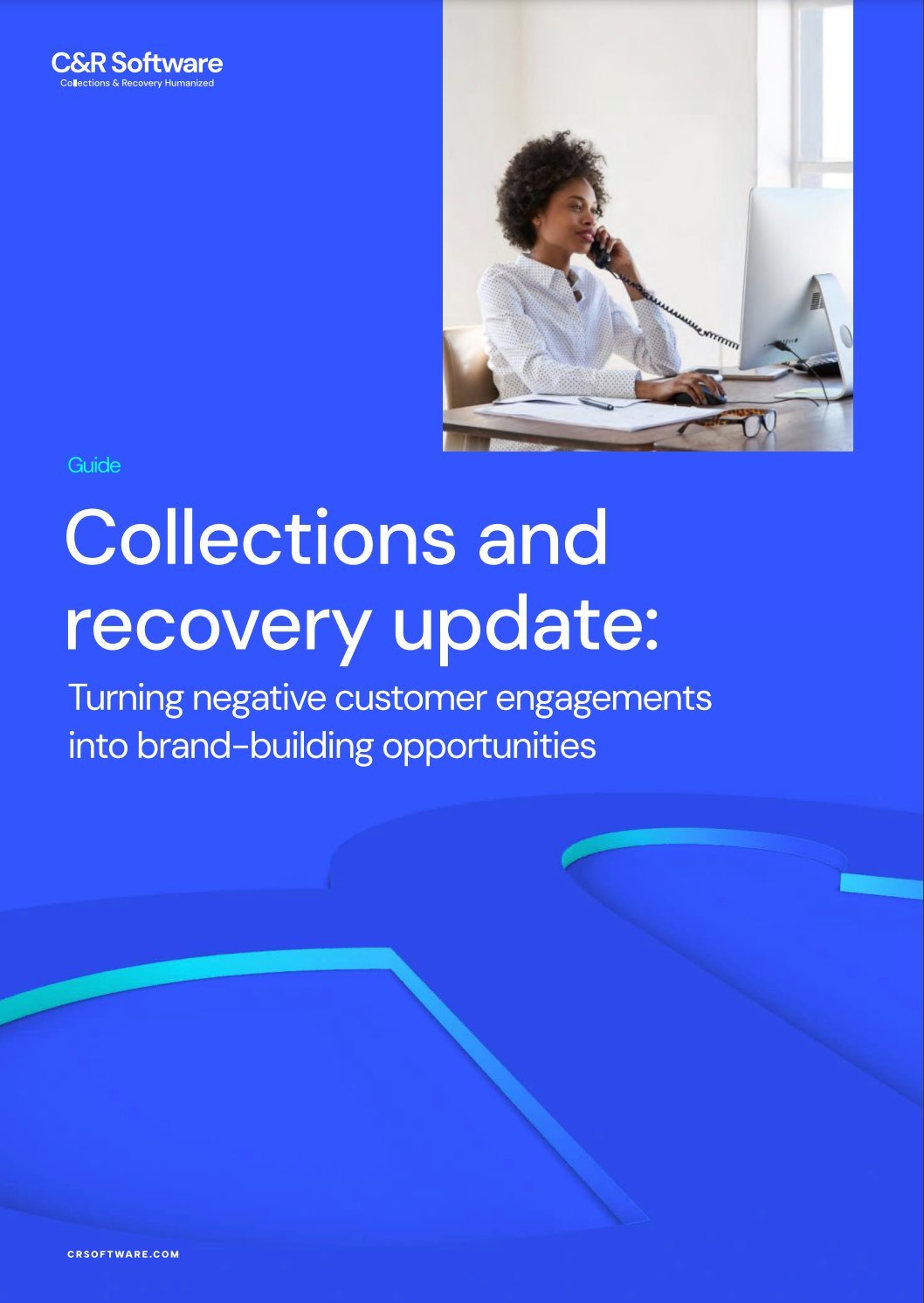Compliance in collections is about more than making sure you’re following the rules. It’s about protecting customers and following the right processes and procedures to help them reach financial stability. How you communicate with your customers makes up a big part of compliance, and you need records to prove you’re using the right channels at the right times.
In this article, we dive into the requirements of the FDCPA’s communication and record storing guidelines. We unpack the specifics, what it means for you, and why you need a modern platform to make compliance simple.
What are the FDCPA’s requirements regarding communication and record storing?
Section 1006.100 of The Fair Debt Collections Practices (FDCPA) outlines strict requirements for the storing of customer data. Its purpose is to have an accurate source of records for the CFPB and other financial bureaus to check for compliance or noncompliance during an audit.
- Record and communication retention - Financial institutions are required to have a record of all of their communications with customers. This starts at the beginning of collection activity and includes communications on each channel such as telephone, email or SMS.
Note - for telephone records specifically, you are required to retain the recording of each call for three years after the date it took place.
- No need for additional records - You don’t need to create or maintain additional records for evidence of compliance. The basic records of communications are sufficient for financial bureaus to check compliance with the FDCPA’s requirements.
- Method of retention - Records need to be stored and maintained in a way that they are accurate and appropriate to the time of recording. This means that digital storage of records is compliant as long as they are secure and accessible.
- Three-year record period - You are required by the FDCPA to retain records of customer communications until three years after their last collection activity on a debt.
What does this mean for you?
Section 1006.100 showcases the layers of compliance you need to adhere to. First, you need to make sure your communications are compliant with Regulation F and other FDCPA guidelines that protect customers. Second, you need to make sure those communications are recorded and kept in a safe place so that you have evidence of compliance.
For you, this highlights the importance of dedicated systems that make the storage, security and accessibility of customer data simple. But with legacy systems, this is almost impossible. You’ll see your team spending countless hours sifting through data haystacks to find communication records that may or may not be relevant. This is valuable time taken away from customers that need financial guidance, which is why you need a modern solution.
Configurable platforms make data compliance simple
Configurable collections platforms make data management and compliance a simple process. So simple that your team won’t even need to pay attention to data, as it will automatically be stored, managed and secured by the platform itself.
- Real-time data-flows - Customer communications and records are stored in real-time using integrated data flows. This way, you can be confident that your stored records are accurate without your team needing to manually input or check them.
- Single Source of Truth - All communications and records are stored in a centralized system known as a Single Source of Truth (SSoT). This makes access simple and easy in the case of an audit to save valuable time.
- AI and automation - Customer records and data can be automatically checked via integrated AI and automation. This way, you can have the peace of mind that all of your records are within the three year period without added manual work from your team.
Have peace of mind with your customer records at C&R Software
You need to have accurate, reliable and accessible customer communication records to be compliant with the FDCPA. Unfortunately, legacy systems lack the integrations to make this a simple process and require your team to dedicate significant time. This is why you need a modern collections platform that utilizes automation to make it simple.
At C&R Software, our Debt Manager platform manages data automatically through real-time data-flows and centralized systems. With AI and automation integrations, you can let the platform manage data itself while you focus on your customers. Experience peace of mind when it comes to compliance.
To learn more about Debt Manager and how it can help make compliance simple, contact a member of our team today.
.jpg)
.jpg)


-Dec-30-2025-06-36-56-3343-PM.png?width=352&name=operationalize%20AI%20(15)-Dec-30-2025-06-36-56-3343-PM.png)
.png?width=352&name=operationalize%20AI%20(21).png)
.png?width=352&name=operationalize%20AI%20(20).png)
.png?width=352&name=operationalize%20AI%20(19).png)